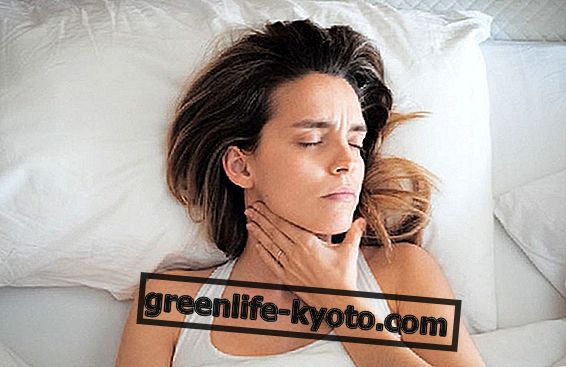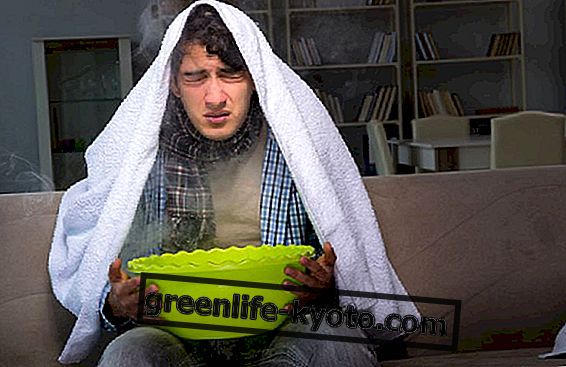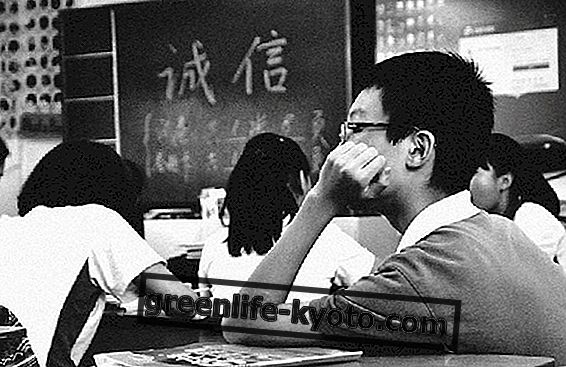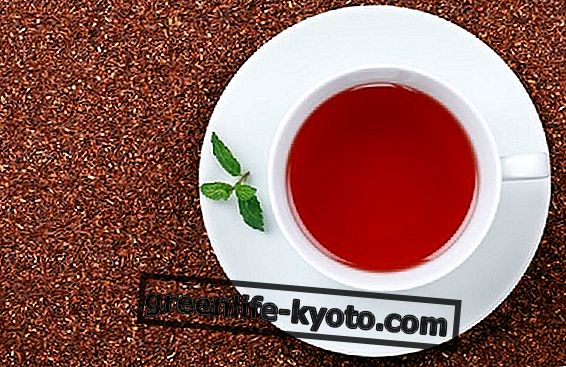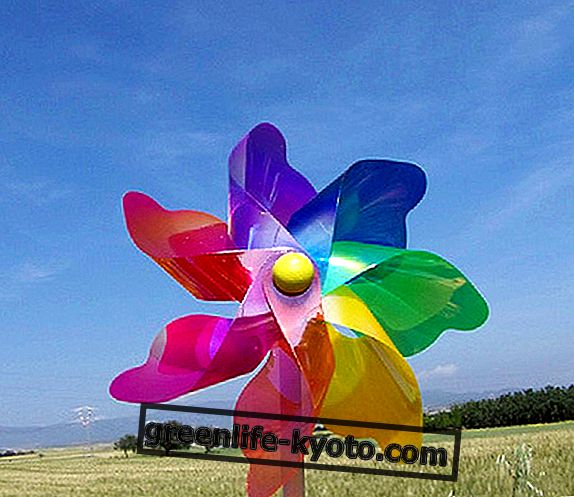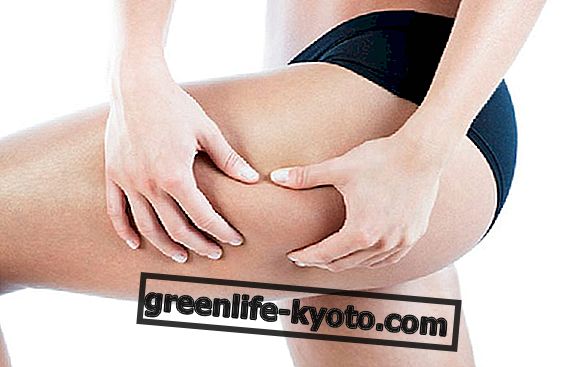
Lacrimal canal blocked in the child
The lacrimal channels of the eyes connect the lacrimal nose duct to the outer surface of the eye. The tear channels carry tears from the tear glands to the eye. Tears have the function of cleansing and protecting the surface of the eyes, they are a colorless and diluted liquid.
They contain antibodies and bactericidal enzymes: good tearing is therefore necessary for the health of the eye, keeps it hydrated, allows it to be protected from foreign bodies, and protects the surface from external agents.
During early infancy the lacrimal canal of the child can become blocked : it can happen due to a delayed opening of the valve that drains the tears in the tear duct up to the lacrimal canals. This leads to bacterial proliferation, because tears cannot perform their antibacterial function on the surface of the eyes, exposed to external agents of various types.
The result is that the child has a reddening of the area around the eyes and nasal septum, as well as abnormal tearing, sometimes accompanied by pus leakage from the lacrimal canal. Often the obstruction of the lacrimal canals is exchanged with a conjunctivitis, but the treatment for conjunctivitis does not always give good and resolutive results in case of obstruction of the lacrimal canals.
Usually this situation extinguishes naturally within the first 8 months, but healing can be accelerated through a particular massage: the lacrimal canal massage, called Crigler's massage .
Read also Conjunctivitis in children, natural remedies >>
Baby's lacrimal canal massage
The baby's lacrimal canal massage facilitates the drainage of tears along the lacrimal nose duct and lacrimal canals . This allows you to restore the natural and adequate tearing, to protect the eye naturally, and to resolve the symptoms and any bacterial infections that, if continued, can also degenerate into conjunctivitis.
The massage consists of a very simple maneuver that the ophthalmologist or pediatrician can easily teach the parent and caregiver: with the fingertips, clean, massage the tear duct path lightly and without pressure.
Performing the massage is very simple, but you must always pay great care and attention : let the fingertip slide slowly and repeatedly from the base of the nostrils along the base of the nose, between the nasal septum and the cheek, towards the eye.
At the conjunctiva, without touching the eye but taking care to always act on the skin of the face, a very slight pressure is exerted, so as to let the tears escape and then empty the lacrimal sac.
The massage is performed with the child lying down, using a lot of delicacy.
Through the massage of the tear canal of the child, the opening of the Hassner valve is facilitated, the main responsible for the obstruction of the lacrimal canals. At the same time, any bacteria that may have proliferated due to obstruction are eliminated from the duct and lacrimal channels. The tears then act naturally as a disinfectant and bactericide.
The massage maneuver must be repeated three times, for at least as many times during the day.
Read also natural child >>
Photo: Adam Borkowski
